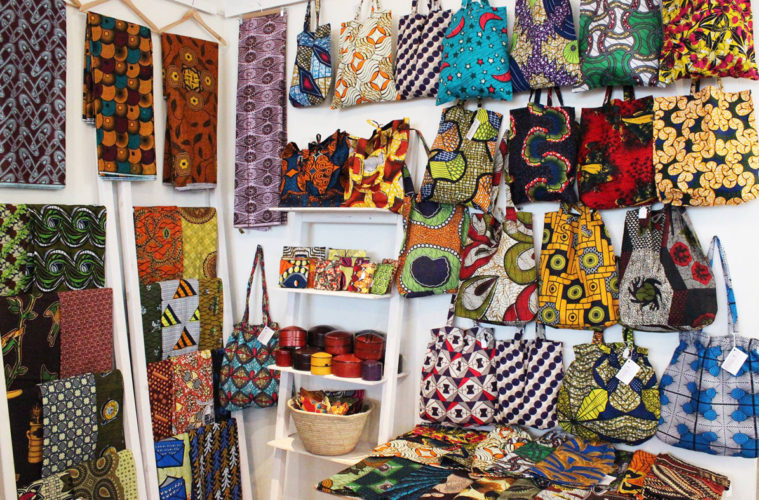Leggi questo post in Italiano
We do love the Nordic design for minimal lines, a lot of white (and black!), natural wood and for the Hygge and Lagom atmosphere. During our trip to Stockholm this summer I fell in love with the beautiful shops of the city, here you find the post with the 30 shops you cannot miss if you like Scandi style.
Among these shops, I was fascinated by one in particular, Just Africa, south of Gamla Stan, in Södermalmstorg 4. Here African colors and patterns contaminate the white and Scandi style.
I had the pleasure to interview Lotta from Just Africa, here’s our chat:
How did you open a shop in the heart of Stockholm dedicated to African design?
The shop was initiated by a Swedish woman who more or less grew up in Burkina Faso. She knew many craftsmen and small entrepreneurs and saw the potential of widening their market by selling to Sweden. When the shop started in 2001, it was called Burkina Faso boutique and the vast majority of products came from Burkina. We are still working with several of the producers from that time.
The basic ideas of the shop are still the same; create a space for designers and small entrepreneurs from the African continent at the same time as the Swedish audience gets a chance to find a design based on colors and materials that are not so common in Sweden. Through good design and interesting products, we can also create an interest in the African continent and connect people across the world. We also believe in consumer power and that we by our choices can support fair and ethical trade.

Ocean Sole artisan in Nairobi, Kenya. They make amazing products out of recycled flip flop sandals.
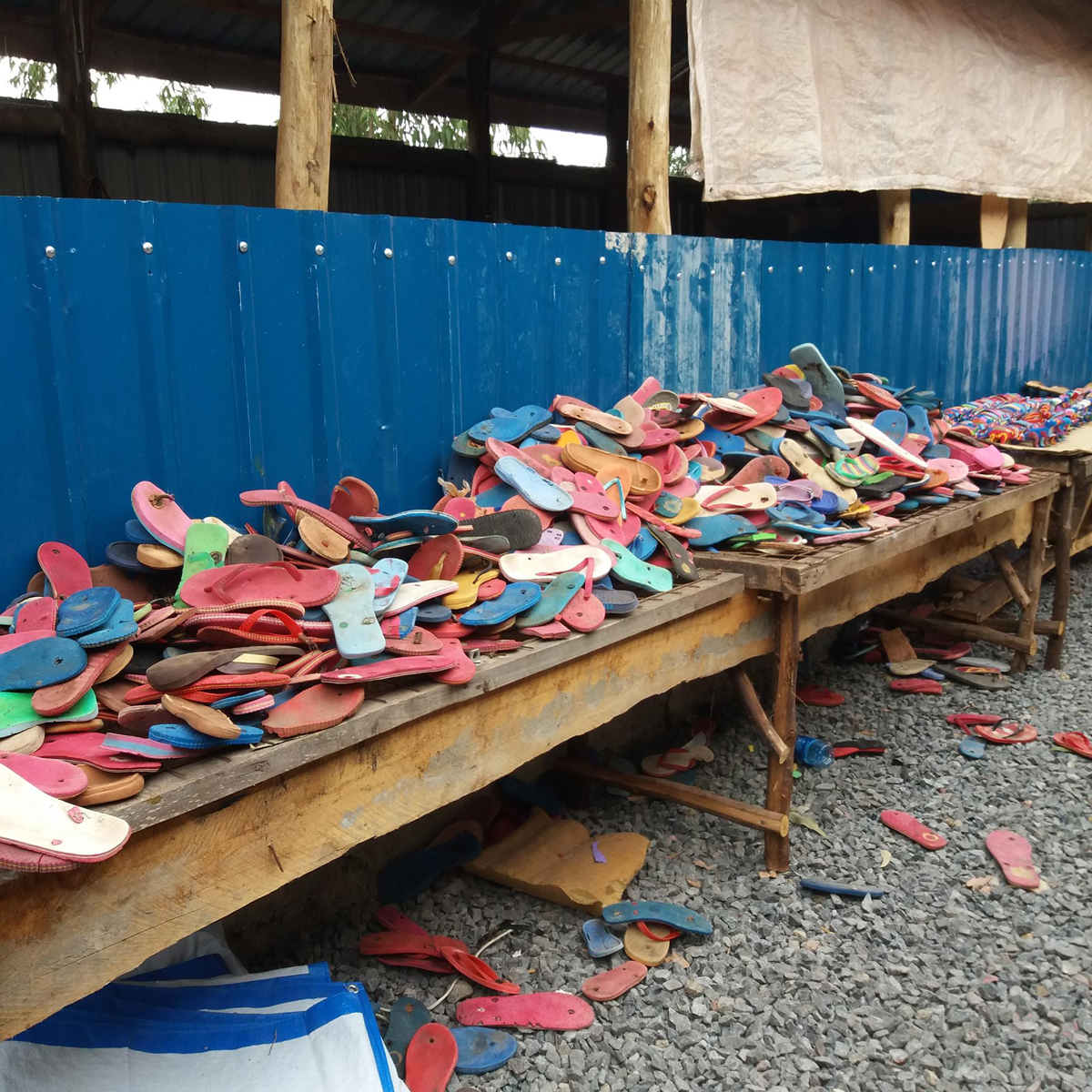
Ocean Sole in Nairobi, Kenya. They make amazing products out of recycled flip flop sandals.
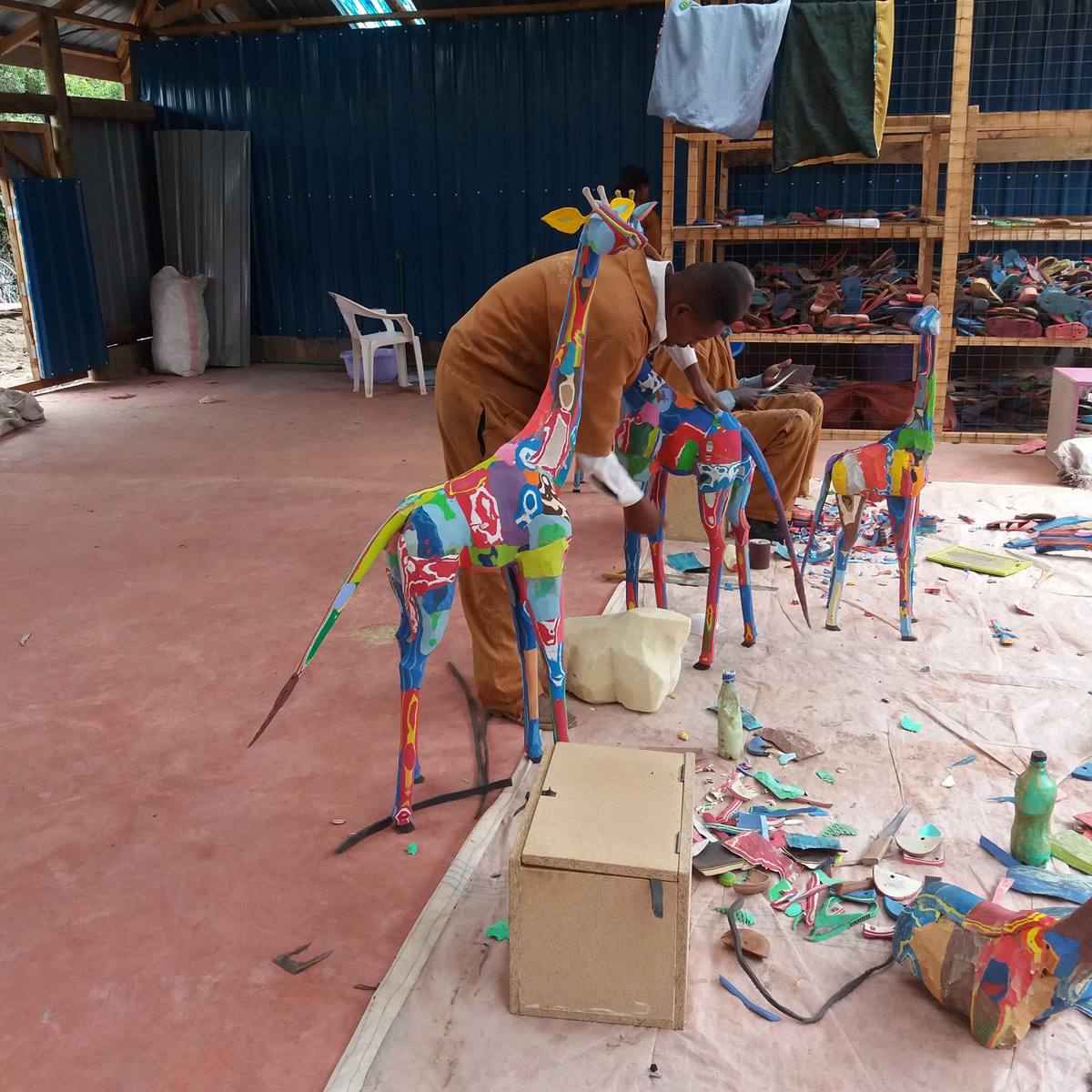
Ocean Sole a Nairobi, Kenya.
How do you research new products?
Our search light is always looking for brands and designers from the African continent who are developing their ideas into sustainable and ethically made products. We want to promote their brands in a way that stays true to their ideas and objectives. We prefer small locally based companies as we think they have a long-term impact.
Some of the brands we are representing in our shop, we have found through social media like Instagram and Facebook (or they have found us). But of course also face to face meetings, sometimes by designers visiting Sweden and coming to our shop or when we are traveling to different African countries and are able to meet up with producers on the spot.
Do you actively work on some projects?
Our most important project is a platform we call STOCKHOLM2day, where we co-operate with diaspora designers and creators from Sweden and Europe. Just Africa has a perfect location for meetings and making the multitude of the African continent more visible is in the heart of Stockholm. The African diaspora is growing in Stockholm and this should be reflected in the everyday life of the city. We organize pop-up stores for young designers, art exhibitions, events where entrepreneurs can present their businesses, etc.
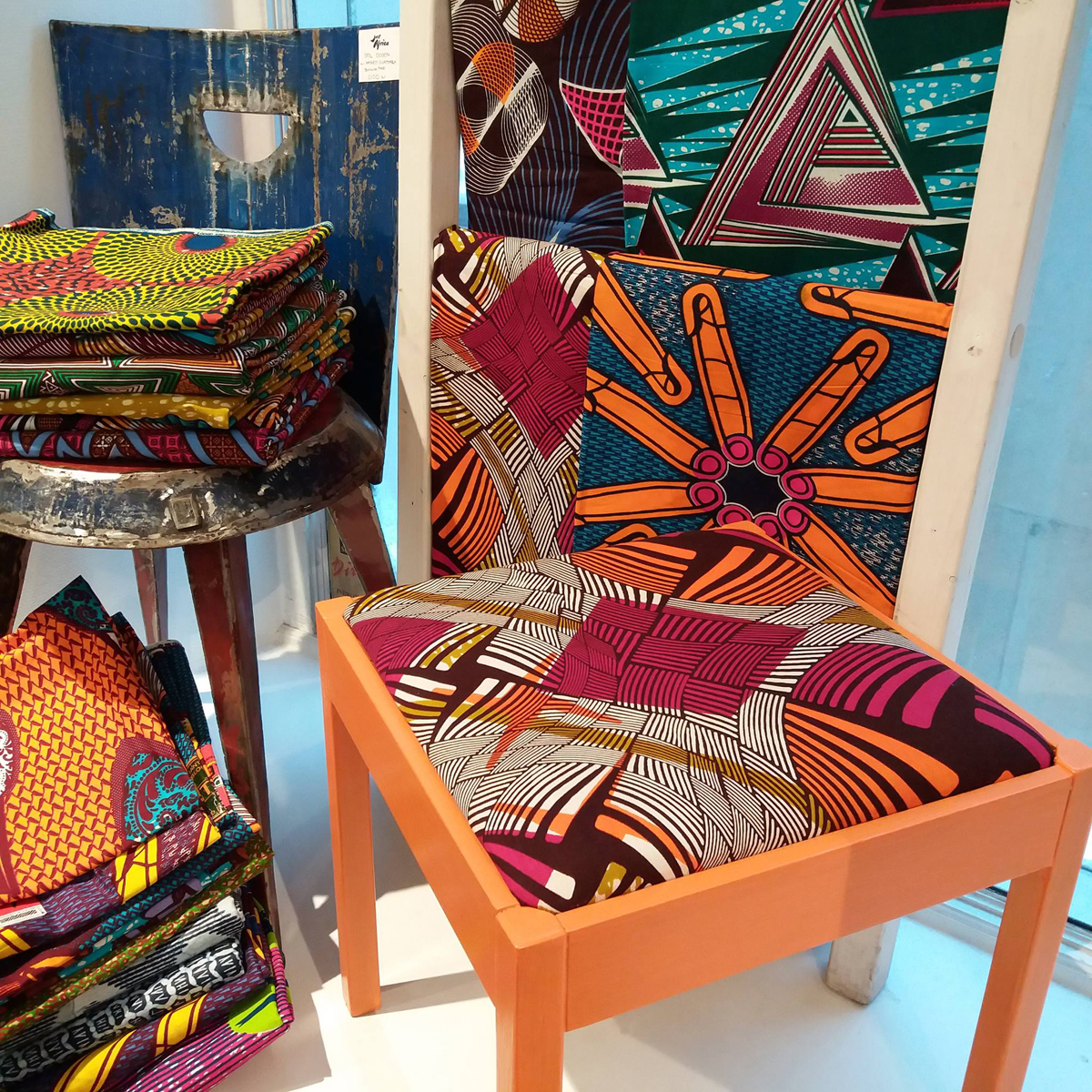
Fabric from Nigeria and Ghana
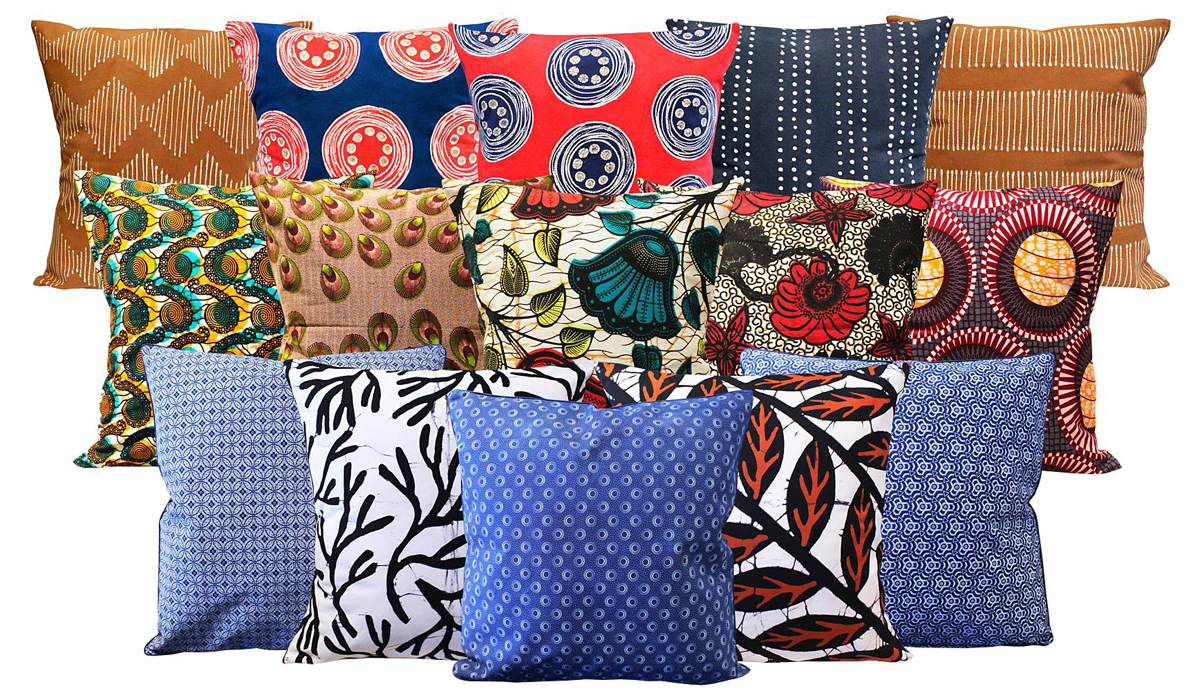
Cushions from Tribal Textiles, Zambia; Kampala Fair, Uganda; Baobab Batik, Swaziland; Shweshwe fabric from South Africa.
How are colorful African patterns embraced by Swedish people and Swedish design?
Sweden and Scandinavia are known for minimalistic design and very calm colors. But there is also a growing insight that brighter colors and bold patterns make us feel good! We receive a great response to our products and some of our best sellers include West African prints (so-called wax prints) which customers use both for interior decoration and clothing. But it is not only the colorful patterns that customers appreciate but also the well thought through upcycled products that are both environmentally friendly and unique as well as innovative. We can see how customers get revitalized and inspired by products they find in Just Africa.
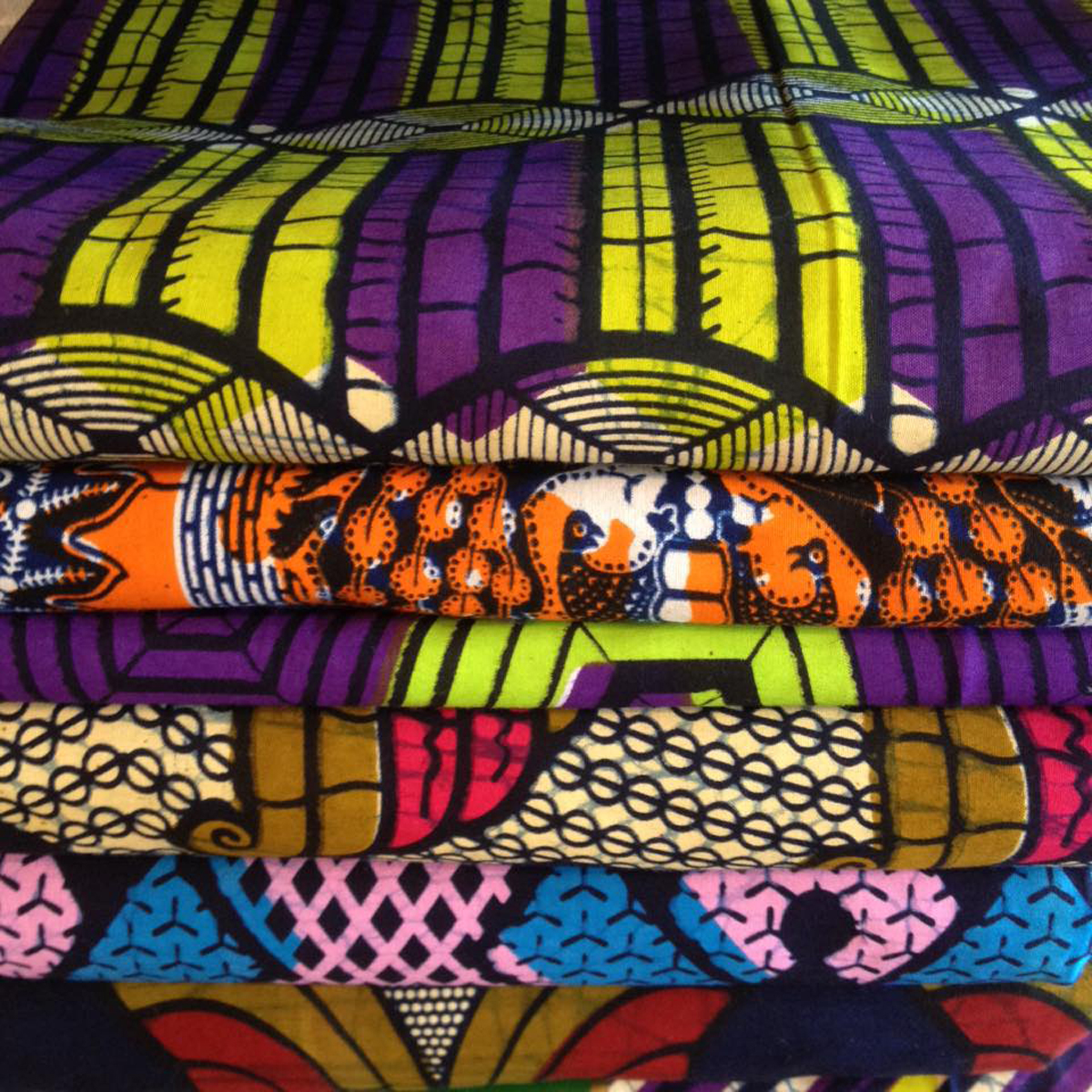
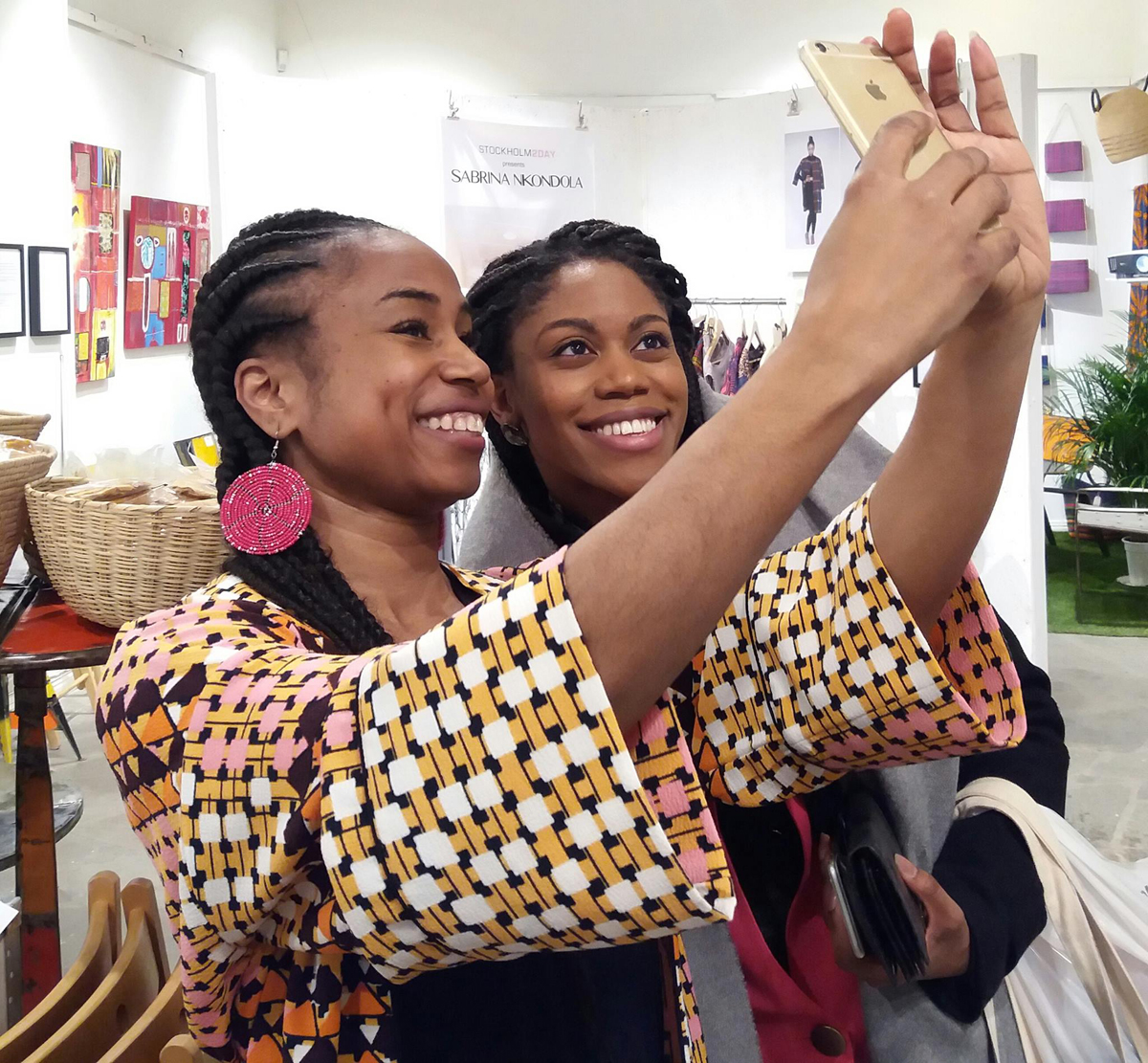
Therese Blomqvist with Sabrina Nkondola at Just Africa event. Therese runs the Eco Sthlm kid’s shop. Sabrina is the designer of Sabrina Nkondola, brand of up-cycling fashion.
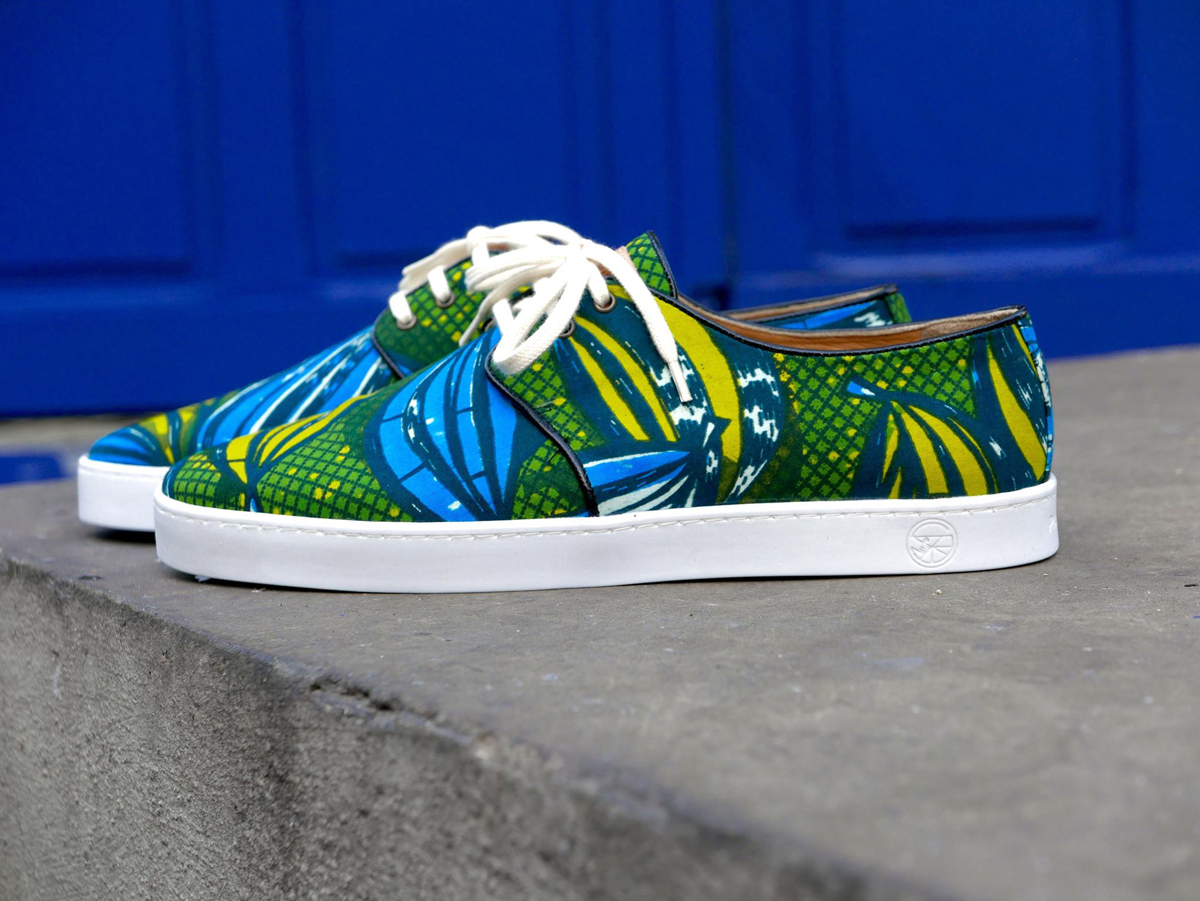
Panafrica shoes
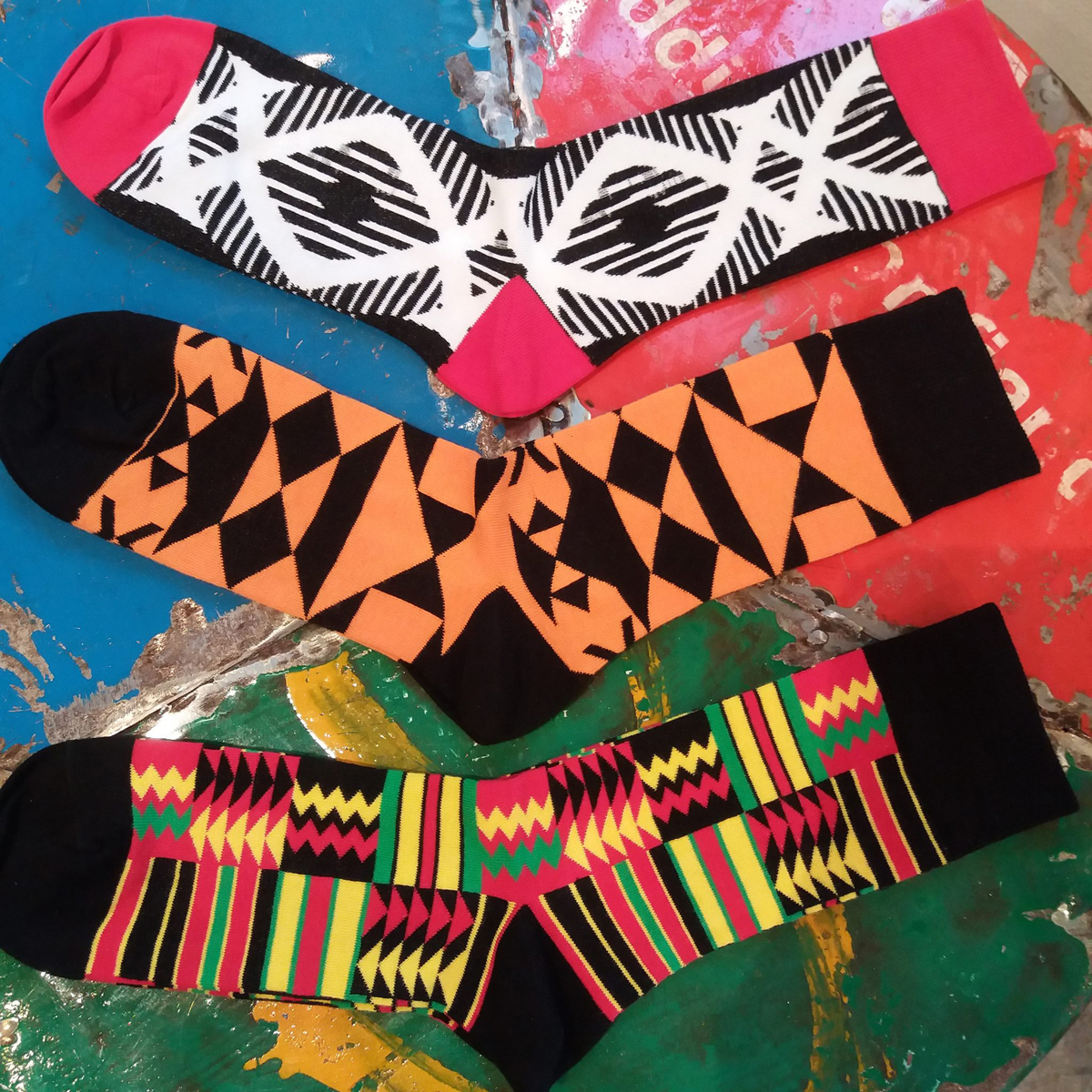
Jarga Designs, a Norwegian based fashion brand run by a woman with roots in Gambia
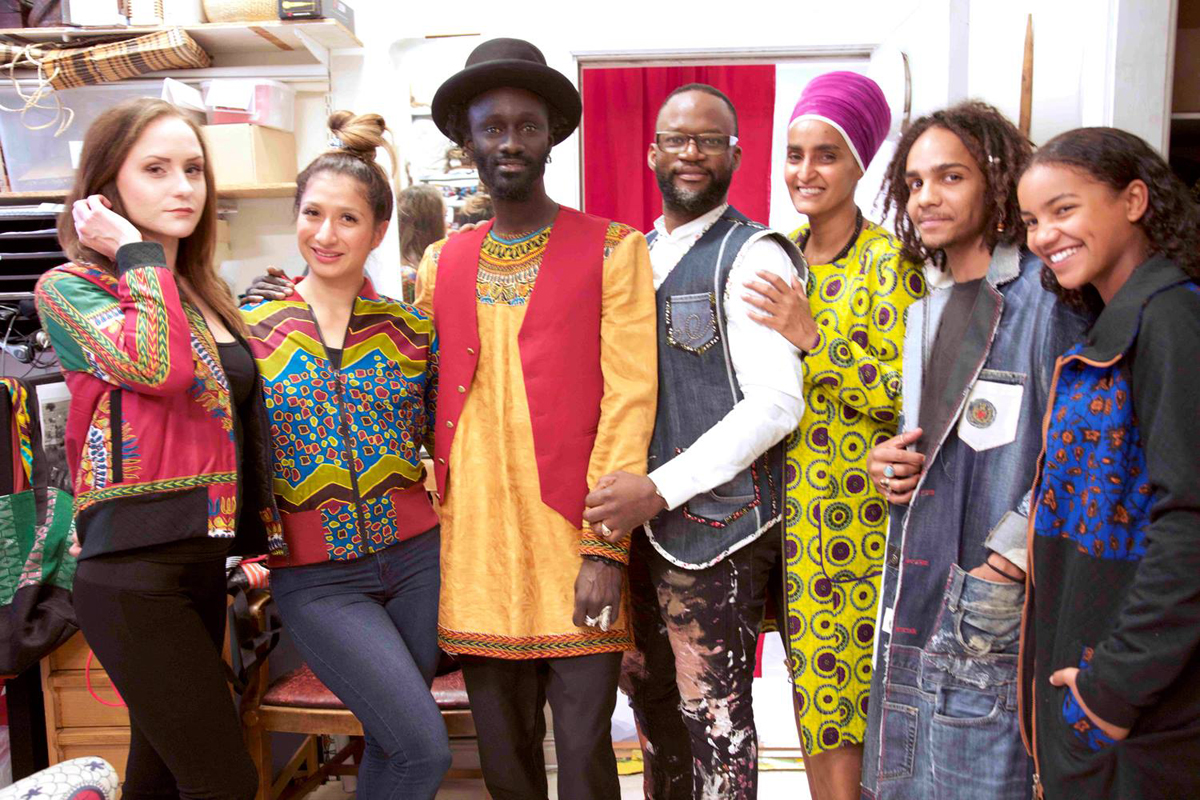
Amincouture events (part of the STOCKHOLM2day project) with the designer Amin Ndoye Laye (with the hat).
What do you hope for the future of African design?
I think design can be one tool to create new solutions to world problems of inequality and poverty. This of course also demands better politics and freedom for all people to move, meet and develop ideas based on their own experiences. Africa is a huge continent and my hopes are that we will stop talking about “African” design and just let the brands and designers show their work in their own right.

I personally think that next famous designers and architectures will come from the African continent and we are going to be surrounded by color and beautiful pattern but not just this. I think they will develop a different path and it won’t be just about pattern but also about sustainability and ethical awareness.

